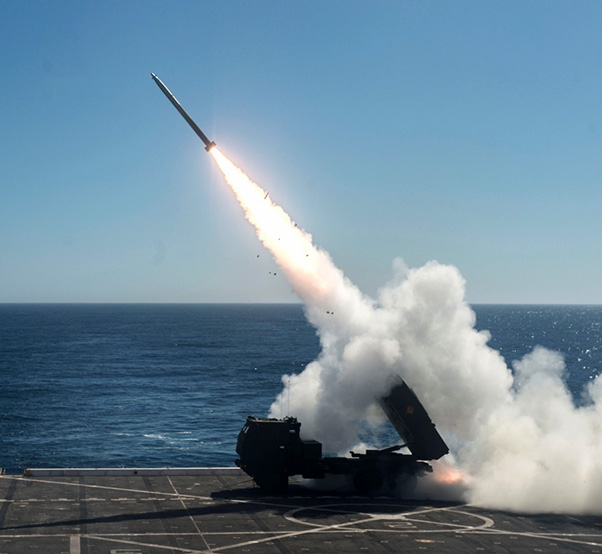To be honest, it sounds better to me now than it did initially.
True, we won't have a Hail Mary armoured brigade, leading a motorised division, but we are getting a lot more escorts while maintaining regional overmatch.
I've got a book about the US army WWII independent tank battalions. They fought in Europe but predominated in the Pacific on a scale of one tank btn per infantry division. That's still the scale for light infantry, marines and airborne, 1 to 9.
TBH, and I rather doubt this will be much of surprise to those who have read my posts over the years, it does not sound any better than it did at first. It still strikes me as being less a plan and more the product of overactive imaginations.
Consider for a moment, the changes made in planning for the
Hunter-class frigates and the as-yet to be named new class of GP frigate specified in the naval review. Along with such consideration, also through in the implications. The ideas which led to the SEA 5000 project and will ultimately be the
Hunter-class frigate had their genesis in the 2009 DWP, and prior to the DSR and subsequent Naval review (and razing pyre of previous plans...) the lead ship was anticipated having an entry into service in 2032, roughly a decade after construction first started.
After the Naval review, it would seem that some with decision-making capacities within the halls of power seem to think that a major construction programme, like building a fleet of 11 GP frigates can go from just being an idea to the lead ship being in service in roughly a third the time that SEA 5000 will take to accomplish the same thing. Yes, I would agree if people were to state that it might be possible to accomplish such an outcome, particularly if significant resources were made available and/or the specs and reqs were flexible. However, there is a significant difference between having a crash development and building programme be potentially viable, and making plans despite there being a number of areas where a single point of failure could delay or end such a programme outright.
Expanding such issues out, what possibilities does this suggest for the DSR and Naval review outcomes? To me, if gov't appears to be planning on a high risk building programme which would require multiple potential issues to go Australia's way, then it would seem reasonable to believe that other aspects of the DSR and Naval review plans would similarly have arears where things would need to go Australia's way.

